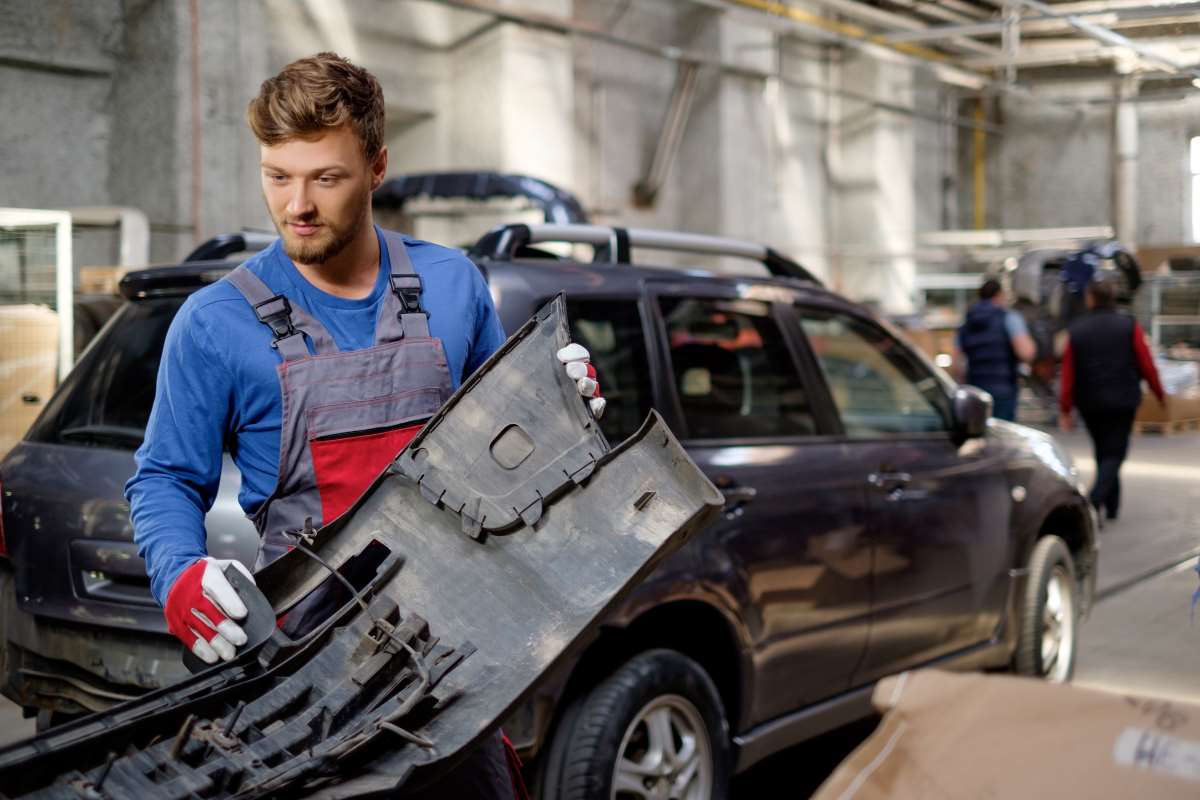9000+ Cashless
Network Garages
96% Claim
Settlement (FY23-24)
24*7 Claims
Support
Click here for new car
I agree to the Terms & Conditions

General
General Products
Simple & Transparent! Policies that match all your insurance needs.


37K+ Reviews
7K+ Reviews
Scan to download
Life
Life Products
Digit Life is here! To help you save & secure your loved ones' future in the most simplified way.


37K+ Reviews
7K+ Reviews
Scan to download
Claims
Claims
We'll be there! Whenever and however you'll need us.


37K+ Reviews
7K+ Reviews
Scan to download
Resources
Resources
All the more reasons to feel the Digit simplicity in your life!
 Tools & Calculators
Tools & Calculators


37K+ Reviews
7K+ Reviews
Scan to download
37K+ Reviews
7K+ Reviews
 Logout
Logout
Our WhatsApp number cannot be used for calls. This is a chat only number.


9000+ Cashless
Network Garages
96% Claim
Settlement (FY23-24)
24*7 Claims
Support
Click here for new car
I agree to the Terms & Conditions

Add Mobile Number
Sorry!

9000+ Cashless
Network Garages
96% Claim
Settlement (FY23-24)
24*7 Claims
Support
Terms and conditions

Car bumpers are aesthetic add-ons and vital components designed to protect cars and occupants during collisions. It acts as a cushion, minimising damage during low-speed accidents and providing a first line of defence against more severe impacts.
Understanding the intricacies of car bumpers, including their types and evolution, is essential for every driver for their automotive safety.
A car bumper is a protective structure installed at the front and rear of cars to absorb impact during collisions. It acts as a buffer, minimising damage to the car’s body and safeguarding occupants. Both bumpers of the car offer comprehensive protection against collisions from various directions.
Car bumpers are highly effective in mitigating damage to cars and passengers during low-speed collisions.

In the early days, bumpers were primarily made of steel. They could not absorb impact effectively, which resulted in significant damage to collided cars. However, with technological advancement, modern bumpers evolved significantly, and metal bumpers were phased out because of improved fuel efficiency, and adherence to modern crash safety standards.
They are now constructed from materials such as plastic, fibreglass, or composite materials, allowing for better energy absorption during collisions. Additionally, Modern cars are equipped with bumpers designed to adhere to stringent safety regulations while providing enhanced impact protection and aesthetic appeal.
Car bumpers come in 5 different types, each offering unique features and benefits:
The four different parts of a Bumper include:

The decision to repair or replace a bumper hinges on the extent of the damage. Several factors need to be considered when it comes to repairing or replacing bumpers. Minor damages can often be repaired using DIY methods, such as sanding and painting.
However, more significant damages may require professional assistance. It's essential to weigh the costs of repair versus replacement and consider factors such as the extent of damage, the car’s age, and the availability of replacement parts.
Opting for OEM (Original Equipment Manufacturer) parts can ensure proper fit and functionality, maintaining the integrity of the car’s safety systems.
Car bumpers serve as essential safety features, protecting cars and occupants from harm during collisions. Plastic bumpers, now prevalent in modern cars, offer a balance of durability, impact absorption, and aesthetic appeal. Understanding the different types of bumpers and their evolution over time highlights the ongoing efforts to enhance car safety and design.
The main difference between a bumper cover and a bumper is that the bumper cover is the outer, visible part of the bumper assembly, while the bumper itself is the structural component designed to absorb impact in collisions. The bumper cover is the cosmetic outer layer, while the bumper provides the actual protection.
The main difference between a bumper cover and a bumper is that the bumper cover is the outer, visible part of the bumper assembly, while the bumper itself is the structural component designed to absorb impact in collisions. The bumper cover is the cosmetic outer layer, while the bumper provides the actual protection.
No, a bumper and a fender are not the same. A bumper is a protective structure located at the front and rear of a car, designed to absorb impact during collisions. On the other hand, a fender is a panel covering the wheel well of a car, preventing debris from being thrown by the tyres.
No, a bumper and a fender are not the same. A bumper is a protective structure located at the front and rear of a car, designed to absorb impact during collisions. On the other hand, a fender is a panel covering the wheel well of a car, preventing debris from being thrown by the tyres.
Bumpers are made from a lot thicker and stronger plastic, but it is plastic and is thus subject to denting and damage.
Bumpers are made from a lot thicker and stronger plastic, but it is plastic and is thus subject to denting and damage.
Please try one more time!
Other Important Articles About Different Car Parts
Other Important Articles about Car Insurance
Have queries related to Digit motor insurance policy? You can refer to our Policy Wordings for detailed information or reach out to our support team via WhatsApp self-support, email or phone using the information below:
Connect with our self-serve chat bot support - 7026061234
Write to us at hello@godigit.com
Contact
Call us on 1800-258-5956
Other Motor Insurance Plans and Guides
Currently there are no news to show.
Read More
Renew & Download Policy Document, Check Challan, Credit Score, PUC & more
Anytime, Anywhere. Only on Digit App!

4.7
Rated App56K+ Reviews
4.7
Rated App
56K+ Reviews
4.3
Rated App11K+ Reviews
4.3
Rated App
11K+ Reviews
Scan to Download


Author: Team Digit
Last updated: 07-04-2025
CIN: L66010PN2016PLC167410, IRDAI Reg. No. 158.
Go Digit General Insurance Limited | Corporate Office Address: Atlantis, 95, 4th B Cross Road, Koramangala Industrial Layout, 5th Block, Bengaluru 560095 | Registered Office Address: 1 to 6 floors, Ananta One (AR One), Pride Hotel Lane, Narveer Tanaji Wadi, Shivaji Nagar, Pune-411005, Maharashtra | Trade logo of Go Digit General Insurance Ltd. displayed above belongs to Go Digit lnfoworks Services Private Limited and is provided and used by Go Digit General Insurance Ltd. under license.
Explore exclusive features, file claims & access policy on Digit App!
You can also scan this QR code to download the App.
